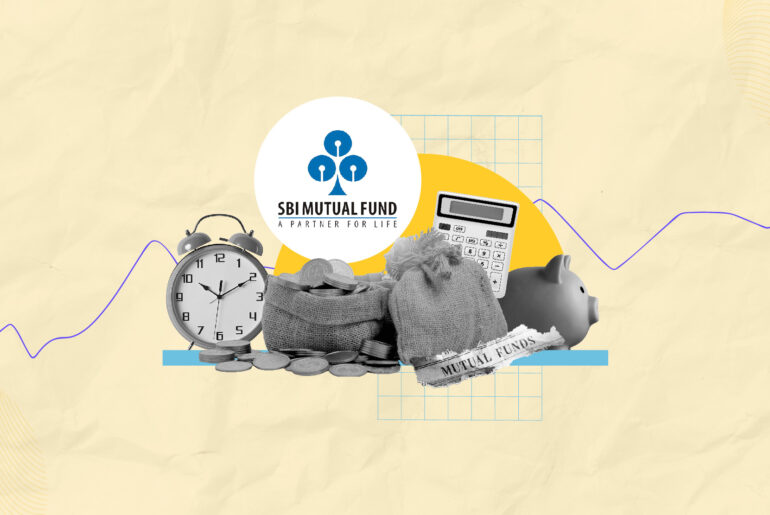Last Updated on May 24, 2022 by
Purchasing a home is probably a dream investment and also arguably the most significant financial decision of your life. Searching for the right property, applying for loans, signing the sale agreement are all part of the process. But enlisting your property in your name is one of the most vital steps. To have legal evidence of ownership, you have to register the property in your name in the local municipal records.
At the time of registration, you will need to pay stamp duty, which is levied by State Governments. The amount may vary from state to state. It also depends on the type of property – old or new. As stamp duty adds up to the property cost, it is vital to have a fair estimate before purchasing any property.
This article will help you understand stamp duty, why you need to pay it, and other common queries regarding stamp duty and registration charges.
Table of Contents
What is stamp duty?
State Governments levy a tax on the sale of all property or property ownership within their jurisdiction. It is known as stamp duty and is payable under Section 3 of the Indian Stamp Act, 1899. States collect this stamp duty to legalize your registration agreement. You will need a stamp duty paid label on your registration document for it to serve as a legal record of your ownership of a property.
The transferee usually pays the stamp duty unless there is an agreement to the contrary. However, both parties have to bear stamp duty equally in the case of an exchange of properties.
Factors determining stamp duty charges
The amount you need to pay as stamp duty depends on a plethora of factors, such as:
Age of the property
The age of your property plays a vital role in determining stamp duty charges since it is charged on the total value of the property. Market research shows that newer properties tend to attract heavier stamp duty charges compared to older ones.
Age of the property holder
Most states charge senior citizens lower stamp duty charges, and hence your age is also a determining factor in calculating stamp duty on your property.
Type of property
An independent house attracts lesser stamp duty charges when compared to flats and apartments.
Gender of the owner
Indian legislature mandates states to charge women a subsidized stamp duty fee. Men pay about 2% more in stamp duty charges than women property owners.
Purpose of the property
Residential properties attract lower stamp duty fees compared to commercial properties. Since the latter requires several more amenities, commercial properties have heavier stamp duty charges.
Location of the property
Any property situated in an urban area entices higher stamp duty charges than buildings located in suburban or rural areas.
Amenities
Many residential or commercial properties have several amenities, such as swimming pools, libraries, gyms, community halls, and many more. Stamp duty is also determined based on the amenities enjoyed by a property. A building with additional amenities attracts higher stamp duty fees than one with fewer amenities.
What is registration charge?
All users need to pay the cost for the State Government to put a contract or deed in the state records. It is known as registration charges. The Indian Registration Act, 1908, dictates how State Governments register the documents. While the stamp duty fees may vary according to states, the registration charge is usually kept at a minimum of 1% of the property price. However, it may vary according to gender in some states.
Stamp Duty and registration charges in different cities across India
Since stamp duty is levied by State Governments, the amount of fees imposed vary from state to state. The table below mentions the corresponding stamp duty and registration charges for some cities across India:
| Name of City | Stamp duty | Registration charge |
| Kolkata | 3% in rural areas4% in urban areas5% on properties worth over Rs.1 cr. | 1% |
| Mumbai | 5% | 1% (Maximum Rs. 30,000) |
| Noida | 5% | 1% |
| Pune | 5-6% (including Local Body Tax) | 1% |
| Bangalore | 5% on properties worth over Rs. 45 lakh3% on properties worth in between Rs. 21-45 lakh2% on properties worth below Rs. 20 lakh | 1% |
| Ahmedabad | 4.9% | 1% for males0% for females |
| Chennai | 7% | 4% |
| Delhi | 4-6% | 5.5% for males3.5% for females |
Consequences of not paying stamp duty
Stamp duty is a one-time charge paid under Section 3 of the Indian Stamp Duty Act, 1899. Failure to pay this fee on time may attract fines and penalties. You will need to pay the overdue amount along with a penalty of 2% interest on the deficit amount per month. The fine can go as high as 200% of the original liability.
Conclusion
Therefore, stamp duty acts as legal evidence that the purchase of a property has been completed and registered in the owner’s name. It is imposed on all legal property transactions and is valid for 6 mth. Several documents require stamp duty, such as mortgage deeds, certificates of sale, partition and lease deeds, power of attorneys, among others. Be sure to check the relevant stamp duty charges before buying any property.
- Hedge Funds in India: Meaning, Types & Investment Strategies - Apr 25, 2025
- Income Funds – Types, Features & Examples - Apr 25, 2025
- List of Top Overnight Mutual Funds in India for 2025 - Apr 21, 2025




